As an Amazon Associate I earn from qualifying purchases.
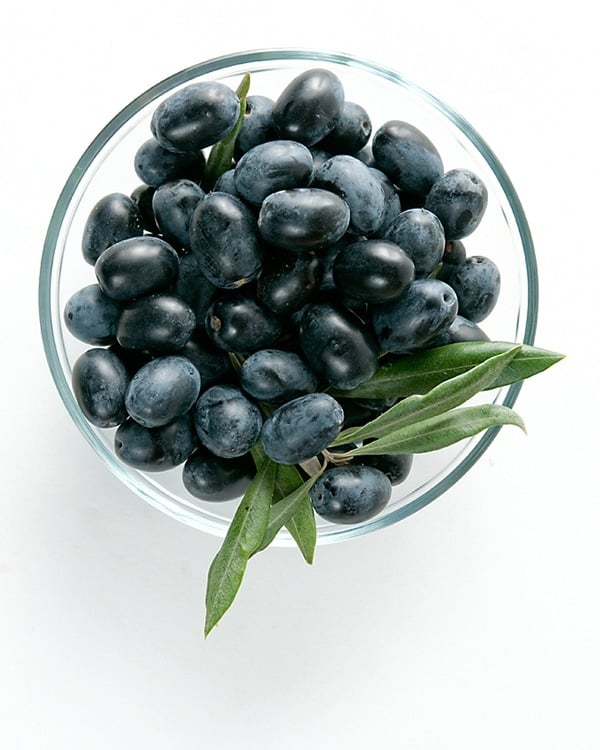
Here in Northern California, olive trees grow all over the place. And every autumn since 2004, I’ve gathered green olives from a park near my house to make batches of brine-cured olives and lye-cured olives. Each have their place on my table. Black olives come later.
I like the typical black kalamata-style olive, but don’t love them. What I prefer are those wrinkly oil-cured black olives. Fortunately, you make them with very ripe olives, which means late January or February here in NorCal.
Black olives will hang on the tree for months, and as it rains, they get less and less bitter. If you can catch some very late, as in early spring, you can kinda-sorta eat them off the tree.
Olive fly is a scourge on our local trees. The flies lay eggs on the olives and the larvae burrow into the olive, leaving a tell-tale scar that looks like someone branded the side of the olive with a hot pinhead.
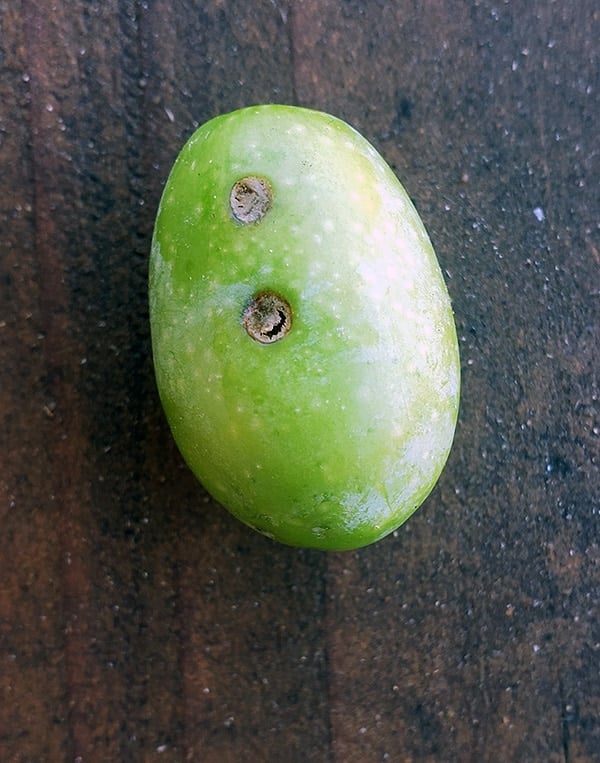
Normally I have to toss every third or fourth green olive, picking my way through to the clean ones. But late-season black olives are almost completely free of larvae.
I can’t be certain, but what I think happened is that throughout the long winter, all the olives infected with the parasite had already dropped off the trees; rotten olives surrounded each one. By March, all that was left were good ones.
On a good day I can gather about three pounds’ worth of black olives in no time.
Five weeks later, you will have fantastic oil-cured black olives. In fact, I don’t think anyone ought to pick black olives before February. In three pounds of olives, I typically have maybe 20 infected with olive fly. And the months of weathering on the tree — all that chilling and rain — had already leached out some of the bitterness from the olives.
And they are beautiful. They look like they ought to be delicious right off the tree. Sadly, they aren’t. Edible, but only barely. The good news is that oil-curing is just about the easiest method of curing olives. Once you’ve picked through all the olives to remove any with olive fly larvae scars, you only need three things to do this:
- A pillowcase or other sack
- Salt (kosher or pickling or cheap sea salt)
- Time.
How much salt? You don’t need to be exact. A good ratio is about 1 pound of kosher salt to 2 pounds of fresh black olives. You can go a little over or under this if you’d like, but err on the side of more salt, not less. Pour the salt into the pillowcase, then the olives, and mix them all around so the olives are covered.
Hang the pillowcase somewhere that black, dripping olive juice won’t matter. I hung the case between the two sheds in our backyard. Yep, that’s right: You can do this outside. Weather doesn’t matter, and some sources say the cure is even better of everything gets rained on once in a while.
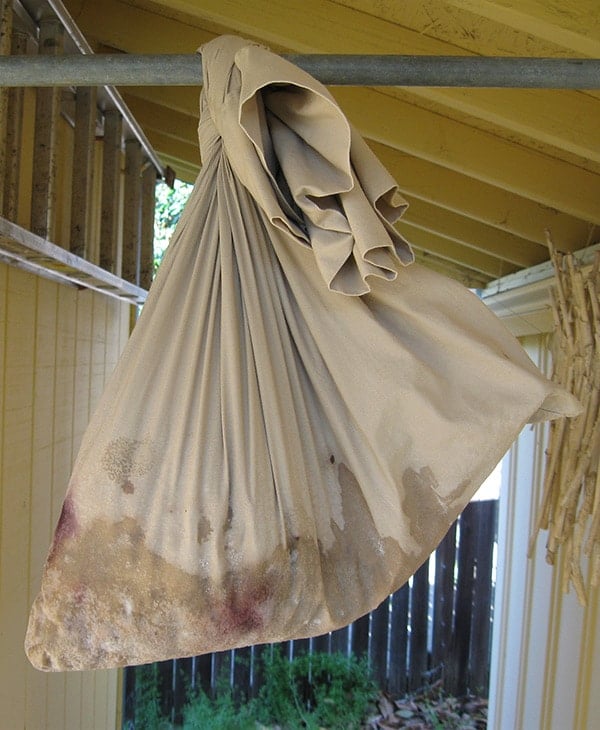
Attend to your olives once a week or so, to mix them around again and make sure they are still well-covered in salt. The earliest they might be ready is a month, but they should definitely be cured by six weeks.
After a month, take one out. The olive should look wrinkly, taste salty and be just a little bitter. These olives will always be more bitter than those done by the lye-curing method. I like that little hit of bitterness. Take them out of the salt when they are “sweet” enough for you, or after six weeks, whichever comes first.
You will notice something. No oil. While these olives are known to one and all as “oil-cured,” they are not actually cured in oil at all. They are cured in salt. The oil comes next.
I made 3 pounds of these olives, far more than I could reasonably eat in a normal amount of time. And while they look mummified, these olives are quite perishable. Left alone at room temperature, the oils in the olives will begin to turn rancid in a month or two. In the fridge, however, they will last a year if you store them properly. Here’s how:
- Arrange the cured olives in one layer on a cookie sheet and allow to dry overnight. Sometimes a little olive juice gets on them during the curing process, and you want this to evaporate before you put the olives in for long-term storage.
- When they’ve dried overnight, mix the olives with about 1/2 pound of salt for every 4 to 5 pounds of cured olives. Store in an airtight container.

When you want to eat them, some sources say to boil the salted olives for a few seconds to remove some of the saltiness. Boiling will also plump up the olives a little. You don’t have to do this, as the olives are excellent either way. What you do need is marinate them in olive oil for at least a day. This is where the oil-cured part comes in.
You can completely submerge your cured olives in oil, or just coat them in it. Your choice. Definitely include a chopped fresh herb such as rosemary, sage, thyme or oregano. A little lemon zest would be nice, as would some cumin or black pepper. But don’t gussy up these olives too much. Their allure is in their simple, briny richness.
Once marinated, eat the olives within a few weeks or so.
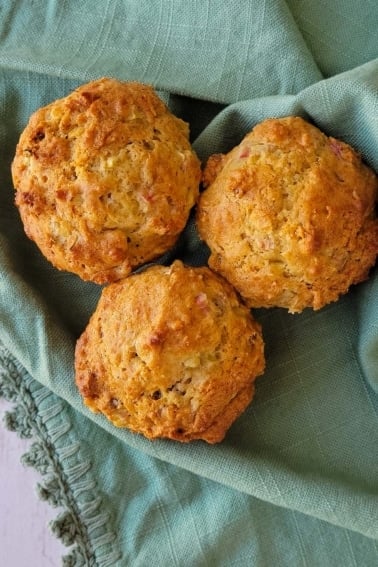

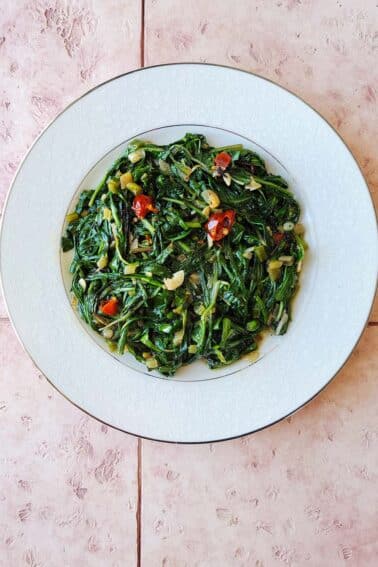
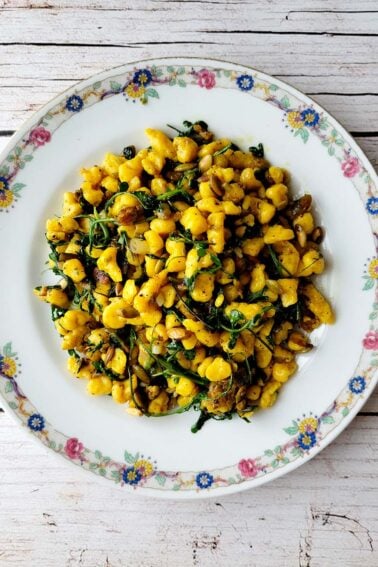
Hank,
I made these and they were way too salty, even after boiling (and I LOVE things on the salty side).
Any thoughts?
The texture was great.
I used sea salt.
I’ve seen a few variations on this question….is the drying on cookie sheet part just to get rid of any residual liquid from the bag (liquid that is not oil, that is)? – NOPE. This is in order for the olive oil that you will store them in after the curing “catches” the fruit. In case the fruit skin is wet, the oil will not cover them properly and so the olives will got moldy. So once you dry them on the baking sheet the oil lubricates them correctly and the do not go bad during the storing. 😉 (This is what a old greek woman said with regards of this method of curing.) Hoe that helps. 😉
I just ordered 3lbs of black olives. Is this too early in the season to make my oil cured olives? Hope not
couple of years ago I tried this curing system and it was a disaster. Just didn’t work and they didn’t cure. I live in an apt. in NYC. Does this matter?
I want to try again though because I prefer oil cured wrinkly olives. I do have an enclosed terrace but it isn’t heated. Should I keep them inside my apt. or on the terrace.
Don’t want to waste my money.
Cyd: Yeah, it’s pretty early. You might want to make kalamata style olives instead. I don’t even think about oil cured until after New Years.
Exellent site.
Tony Alfieri
Hank, I’m sitting here eating some store bought oil cured olives (along wirh my gin martini.) Down here in Louisiana we don’t have olive trees, other than Chef John Folse’s olive grove. I think that I could live on olives, especially anchovy stuffed and oil cured black ones. Hey, you guys are lucky to have olives-for-the-picking. We don’t! (But we have boiled crawfish!!!) Almost 90 years old and I toast The Queen with her favorite daily drink of Beefeaters. Just an old Cajun boy commenting.
Loved your comment! From a middle-aged British bird in Spain about to start curing her olives whilst drinking a G&T!
Hi Hank,
We’ve successfully grown many olive trees at our place and I am gradually learning the best ways to preserve our fruit during its various stages. I choose to pit our green olives before curing but as I also love using black olives in my homemade olive bread, I wonder if you can pit black olives before curing? (Just to make cooking a bit easier!) Would you know if this works?
Thanks
Susan ( Tasmania, Australia)
Great to have a web source that is an authority on olives. We cook with the oil cured black olives often so I ordered some Morocan oil-cured in bulk. It turns out it’s way too many. The sell-by date is this May (’22) and there are still a lot left. Can they be frozen? What’s the best way to keep them a bit longer.
Steve: They keep for years. I don’t know why there is a sell by date.
In your picture of the black cured olives, it looks like the stems are still on them. Do the stems need to be on them or can they be pulled off?
You are awesome. Thank you for this recipe. I love “oil cured”olives!
I hung my large black ripe olives indoors with a 1 to 2 salt to olive ratio. There is no dripping what so ever. Should I rinse them? Its been a month. Thanks!
Leslie: That might be a good idea.
I live in Phoenix, AZ. My olive trees are full. I expect hotter temperatures and no rain. Should I even try the dry method? I have preserved them in brine water, but that does seem to take forever to have edible fruit.
Thank you for the black olive recipe. We’re in Placer County, foothills below Auburn. If I can find a few pounds of salt in the lockdown, I’ll be trying it out on our tree full of black olives. I’ve read that commercially processed olives in lye remove their flavor and give them a chemical taste which is probably why I’ve never liked olives. I hope to enjoy them if curing myself, hate to see thousands of olives go to the dogs. (Literally. Our dogs eat them off the ground.) How long do I have to pick them before they all fall off the tree? It sounds like it’s pretty late in the olive season.
Thank you.
KM
Penryn, CA
But what about frost damage to the fruit if you wait until Feb. – Mar.? We’re in Redwood Valley just north of Ukiah (CA). I think our growing conditions are not hugely different from Sacramento. When we’ve left some olives on our backyard trees I’ve noticed what I thought was frost damage – soft, mushy, brownish discolored. Otherwise I love the idea of waiting until the buggy fruit falls off the tree and some “natural” curing happens.
John: Frost does not seem to bother black olives. Remember, they are almost totally made of oil at that point.
Dear Hank Shaw
I followed your instructions: wrapped 800 g black olives in a muslin sack filled with salt, tied up the top of the cloth and placed the sack on two lengths of bamboo pole over a bucket to wait for the olive water to begin dripping into the bucket.
That was over a week ago, but no olive water yet.
Should this be cause for concern? How long before the olives begin to ‘leak’?
Cordially, Sandra, Australia
Sandra: Oooh, are you getting rain? If not, soak the sack. We do this in the rainy season.
After salt curing should the olives be rinsed in water to remove excess salt sticking on the olives before placing on a cookie sheet and leaving overnight to dry?
John: Nope. You boil them for a moment before soaking in olive oil later, though.
Thank you Hank, that is a brilliant piece of advice. Your methods are truly good. We love the simplicity and clarity of your recipes.
Would love to know how your prepare your ducks…
Cheers, all the best
Thank you Hank, I think it might work I’ll try canning from the boiling step, and also your method.
Could you can them after salt curing?
Lauren: I don’t know.
When you talk about “arranging the cured olives in one layer on a cookie sheet and allow to dry overnight” do you rinse the salt off with water then let them dry overnight?
Jim: Not until you are ready to put them in the oil.
I’ve seen a few variations on this question….is the drying on cookie sheet part just to get rid of any residual liquid from the bag (liquid that is not oil, that is)?
Linda: Yes.